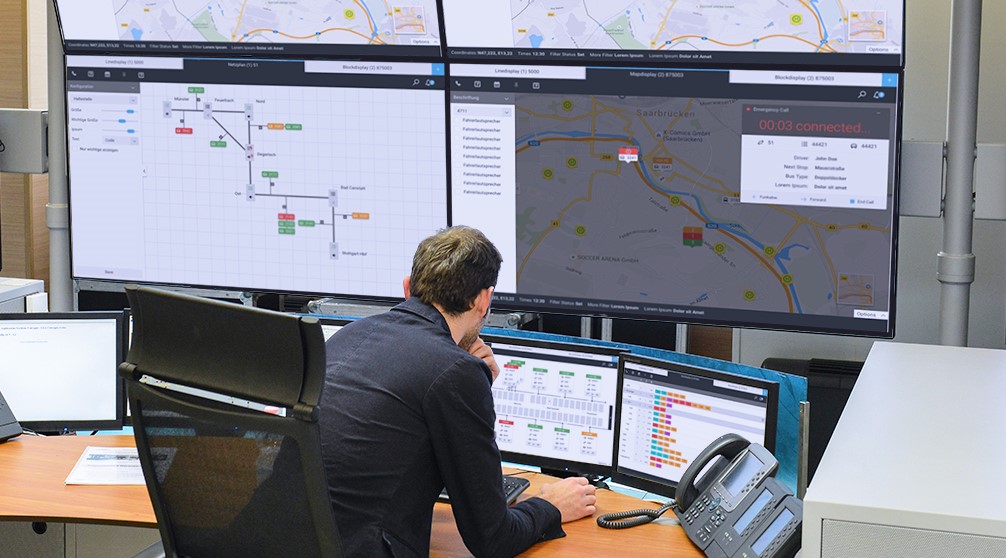How it Works
When problems occur that will directly affect your passengers, real time solutions are key. Routing around accidents, unplanned construction, and whatever else may impede service is crucial to providing timely service. Online Diversions allow operators to receive detour and route information and an adjusted schedule on their driver display in the case of an unplanned detour.
Diversions can be created live and as needed. Dispatchers can make these diversions directly from the map to accurately identify which stops will be diverted. These measures would be used for a short-term resolution to quickly resolve a routing issue. Additionally, turn-by-turn instructions on the new route are provided. The ad-hoc defined detours and information on schedule changes are automatically transferred to the passenger information system.
The Online Diversions feature is particularly helpful for our customers in areas which experience more extreme weather conditions, like harsh winters or flooding. Allowing the dispatchers to make Online Diversions takes pressure off schedules and planners, allowing planners to better focus on their traditional job functions.




